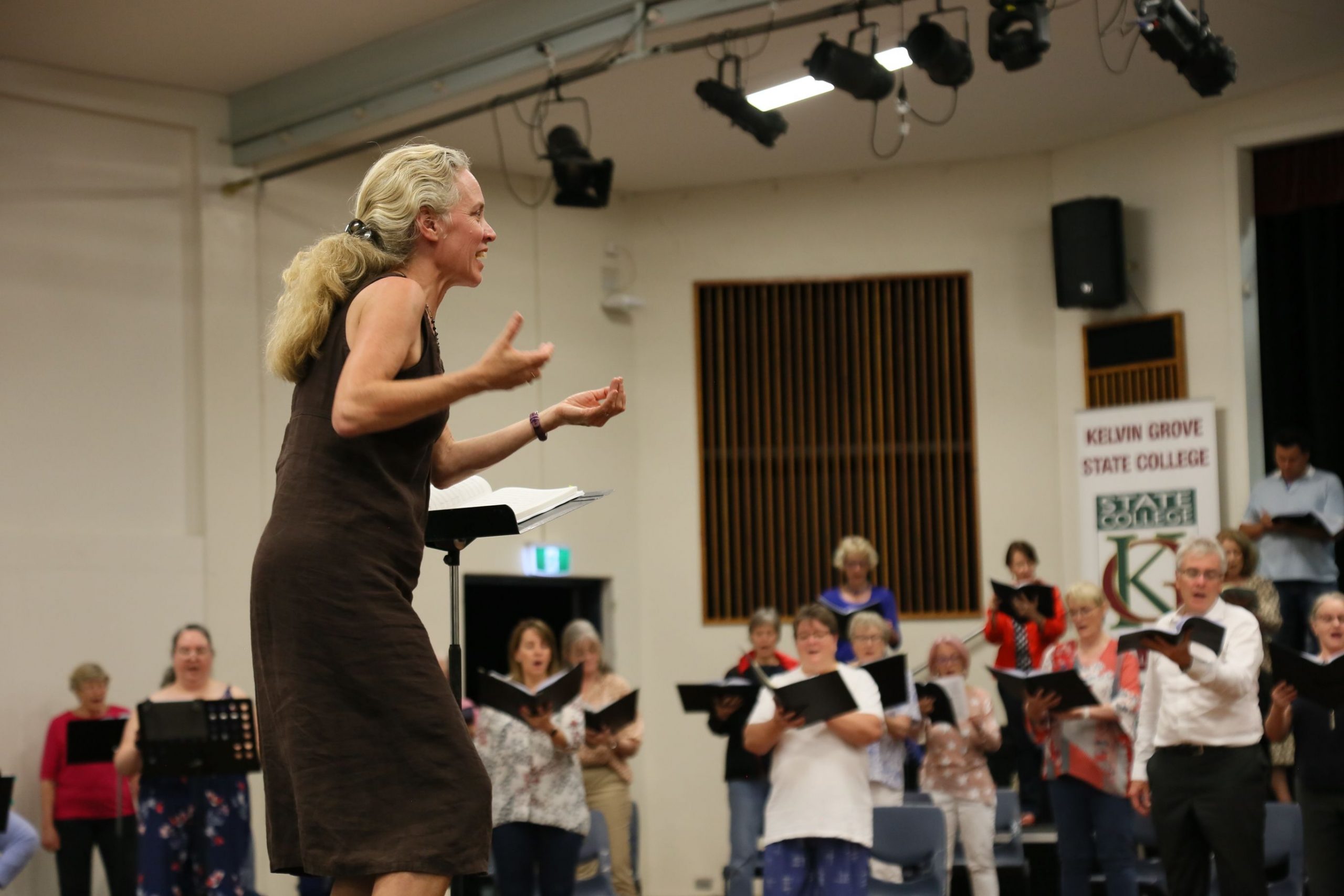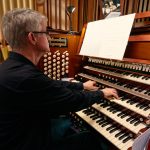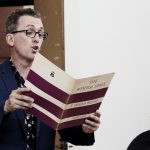What can the audience expect to experience by seeing “The Bells” from a choral perspective?
The essence of choral / symphonic music is that blend of orchestral, choral and solo textures, lifted to another level by words. It’s really a multi-dimensional combination. The incredible way Rachmaninov depicts the four different types of bells, with their sound and symbolism in the music, is sure to move the listener.
How did you prepare the Brisbane Chorale for this performance of “The Bells”?
Apart from sheer hard work on everyone’s part in learning the notes (which are at times extremely unintuitive and just plain difficult) one of my biggest jobs has been building Chorale’s stamina. It’s like preparing for challenging athletic event – you have to build up to it and have strategies for maintaining energy on the day. The tricky part is nailing the final build-up – building strength and confidence, while not going too far (overdoing it so there’s no voice left for the concert)!
When my role is as chorusmaster, it’s about supporting the conductor and choir in the process – following through on the conductor’s specific requests and needs while polishing up areas of concern in any particular choral part. Most of all, it’s about steering the choir into an optimal “launch position”! It helps when the chorusmaster and conductor are in sync in terms of approach – and that’s definitely the case with Simon and me.
What is it like to sing “The Bells” in English, knowing the original is in Russian?
Singing “The Bells” in English still captures the musical and poetic meaning of Rachmaninov’s work beautifully, while reaching our audience in a more direct way. Interestingly, it was the Edgar Allan Poe poem, in English, which inspired Konstantin Balmont’s reworking into the Russian version set by Rachmaninov. By performing an English translation of Balmont, we’re coming around full circle, although not back to Poe’s original words.
“The Bells” is an incredibly demanding work in whatever language you sing it, with the dramatic contrasts, the tessitura of some of the parts (range), the sheer virtuosity and complexity of movement three(!), just to name a few. An extra factor in this performance will be having to sing farther away from each other and the orchestra than we normally would due to the venue’s Covid restrictions. But we love a challenge!
“The Bells” is an emotional work – what are the challenges/how do you convey this to an audience?
In a live performance, the choir MUST convey physical energy that is visible and audible to the audience even from afar – emotional commitment is part of that energy. For the audience, there is something so powerful about listening to many human voices combined, and better yet, carried on a wave of incredible orchestral music.
Further thoughts
Brisbane Chorale previously performed this work in 2016 with the Brisbane Philharmonic Orchestra and conductor Peter Luff in Brisbane City Hall. It’s not performed often so I thought we’d never have another chance to sing it. When Simon suggested we do “The Bells” this year I was excited to be able to dig deeper into this amazing work with the choir. There are quite a few singers in today’s performance who did the 2016 performance and I know they’ve benefitted from that past experience, and are enjoying taking it further.







